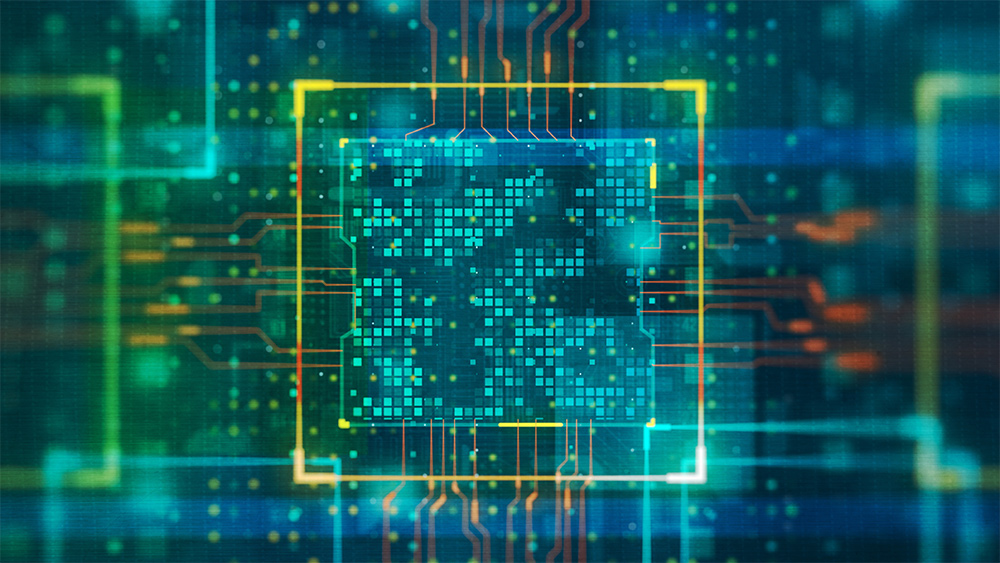The Evolution and Future of Precision Timing

Timekeeping has long been a marker of human progress, shaping civilizations and driving technological innovation. From ancient sundials to modern atomic clocks, timing technology has played a crucial role in advancing our world. We rely on precise time measurement daily, whether checking our smartphones, computers or wristwatches.
In 2013, archaeologists uncovered one of the earliest known sundials in Egypt's Valley of the Kings. This simple limestone artifact, used by workers constructing royal tombs, highlights the enduring necessity of accurate time measurement. As technology evolved, sundials gave way to hourglasses, mechanical clocks and eventually wristwatches and smart devices, illustrating how each leap in timing innovation has propelled human advancement.
Milestones in Precision Timing
One of the most significant breakthroughs in timekeeping occurred in the 18th century with John Harrison’s invention of the marine chronometer. Designed to withstand harsh maritime conditions, this device revolutionized navigation and solidified Britain's naval dominance. Harrison’s achievement, detailed in Dava Sobel’s Longitude, exemplifies how precision timing has shaped global technological and geopolitical landscapes.
Today, precision timing is more critical than ever. It underpins countless systems and devices, from smartphones and navigation systems to 5G networks and AI-powered data centers. Historically, quartz resonators maintained this essential heartbeat in electronics, but a transformative shift is underway—toward silicon-based microelectromechanical systems (MEMS) timing technology.
The Rise of MEMS Timing Technology
MEMS timing devices, manufactured using semiconductor fabrication techniques, offer numerous advantages over traditional quartz-based solutions. They are smaller, more energy-efficient and highly resilient to environmental stressors such as temperature fluctuations, mechanical shock, vibration and electromagnetic interference (EMI). These attributes position MEMS as the ideal technology for applications in automotive systems, networking, communications, industrial automation, consumer electronics and aerospace and defense and more.
MEMS technology is accelerating innovation across industries. Unlike quartz oscillators, which are prone to failure under extreme conditions, MEMS devices deliver superior durability and precision.Its programmability and adaptability surpass fixed-function quartz, allowing seamless integration into evolving technological ecosystems. A few examples include:
- Automotive: MEMS-based timing solutions provide crucial reliability for advanced driver assistance systems (ADAS), in-vehicle entertainment, and networking. MEMS timing in camera systems optimize sensor data synchronization and can improve autonomous driving accuracy
- Mobile and IoT: Smartphones now integrate MEMS timing to synchronize essential apps such as navigation, fitness tracking and ride-sharing.
- Medical: Continuous glucose monitors (CGMs) use MEMS timing to provide real-time, accurate blood sugar level alerts, enhancing diabetes management.
- Aerospace and Industrial Navigation: MEMS-based timing enhances the reliability of navigation systems by offering superior shock and vibration resistance.
As artificial intelligence (AI) and the Internet of Things (IoT) continue to evolve, precision timing plays an even greater role. Just as ancient sundials and 18th-century marine chronometers revolutionized timekeeping, modern MEMS-based timing technology is enabling groundbreaking innovations that enhance productivity, safety and efficiency in our increasingly interconnected world.
The Future of Precision Timing
For thousands of years, accurate time measurement has driven human advancement. Today, as industries push the boundaries of AI, autonomous vehicles, healthcare innovations, and aerospace technology, the demand for precise, reliable timing solutions continues to grow. With MEMS technology leading the charge, the future of precision timing is already shaping the next era of innovation across industries worldwide.
This article is based on Synchronizing Our Digital World In The Age Of Precision Timing written by Markus Lutz, initially published by Forbes.